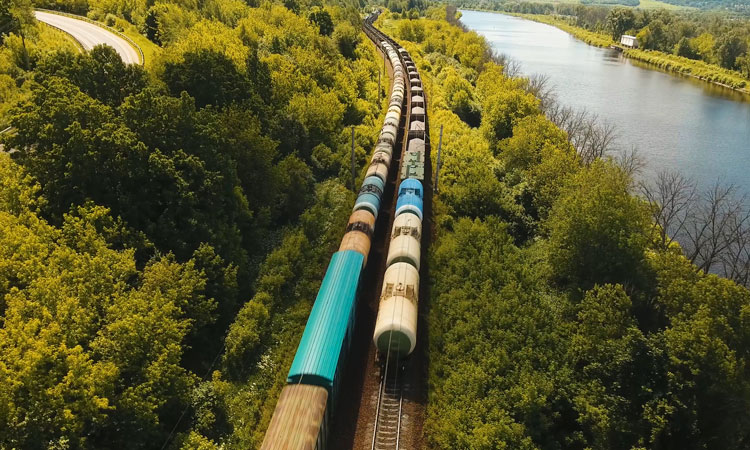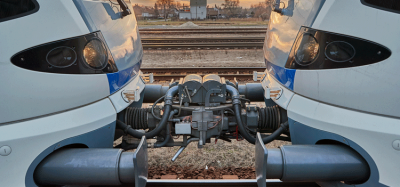Agreed TEN-T guidelines miss ERTMS on-board strategy
Posted: 16 February 2024 | Emily Budgen | No comments yet
The ERFA have welcomed the new guidelines for ERTMS, ahead of the European Parliamentary elections, but say that more attention must be paid.


On 14 February 2024, the European Parliament’s Transport and Tourism Committee adopted the compromise text on the Revision of the TEN-T Guidelines. This now paves the way for adoption by the European Parliament Plenary before the European Parliament elections which will, most likely, shortly be followed by approval by EU ministers and formal adoption. Whilst ERFA support that an agreement has been reached, paving the way for clarity on infrastructure developments over the coming decades, further attention will be needed on certain points.
Firstly, ERFA strongly welcomes the introduction of clear infrastructure parameters for freight trains, namely that infrastructure should allow for 740-metre trains with an axle load of 22.5 tonnes. Given that over 50% of rail freight crosses at least one national border, it is essential there is a European approach to infrastructure standards and to the way exemptions are granted so as to preserve interoperability and continuity of the rail network.
ERFA also believes that the introduction of Operational Priorities within the Regulation is a positive development. The agreed text proposes that dwelling times at borders do not exceed 25 minutes on average and that at least 75% of the freight trains crossing at least one border along a European Transport Corridor arrive at their destination on time or with a delay of less than 30 minutes. This should ensure a level of quality control over infrastructure management.
There are concerns, however, regarding the agreed texts provisions on ERTMS deployment, or put more specifically, a lack of a strategy for on-board ERTMS deployment. The agreed text only refers to trackside deployment. The Regulation’s objective of achieving a successful transition to ERTMS, and a smooth decommissioning of class-B systems, will only be possible for the rail freight sector if there is a coherent and business friendly strategy for on-board ERTMS deployment and financing. It will now be essential that the European Commission takes up this role during the next legislative cycle.
ERFA President, Dirk Stahl, stated, “rail freight needs a clear vision for the future to be able to invest and grow. In many cases in the Regulation, the agreement delivers in this regard. We are also hopeful that the introduction of operational standards will guarantee improved reliability of railway infrastructure. Concerns remain regarding ERTMS deployment. Whilst the Regulation sets clear goals for trackside deployment, the rail freight industry is missing how this transition, including on-board units, can happen in a coherent and business friendly manner.”
ERFA Secretary General, Conor Feighan, concluded, “the vote by the European Parliament’s Transport and Tourism Committee signal that we will have a revised TEN-T Guidelines in this European Parliament’s cycle. This is highly welcome and a result of the good work of the corapporteurs. It is clear however that further work at European Union level will be needed in the coming years if the objectives set out in the Regulation are to be achievable”.
More Like This
Rail Baltica’s role in shaping the future of freight logistics
Norfolk Southern completes $1 billion infrastructure improvements in 2023
Office of Transport Safety Investigations: Qube freight train
OUT NOW: The Definitive Guide to Rail’s Digital Future
The rail industry is undergoing a digital revolution, and you need to be ready. We have released our latest market report, “Track Insight: Digitalisation.”
This is not just another report; it’s your comprehensive guide to understanding and leveraging the profound technological shifts reshaping our industry. We move beyond the buzzwords to show you the tangible realities of AI, IoT, and advanced data analytics in rail.
Discover how to:
- Optimise operations and maintenance with real-time insights.
- Enhance passenger services through seamless, high-speed connectivity.
- Leverage technologies like LEO satellites to improve safety and efficiency.
Featuring expert analysis from leaders at Nomad Digital, Lucchini RS, Bentley Systems and more, this is a must-read for any rail professional.
Related organisations
European Parliament, European Rail Freight Association (ERFA)







